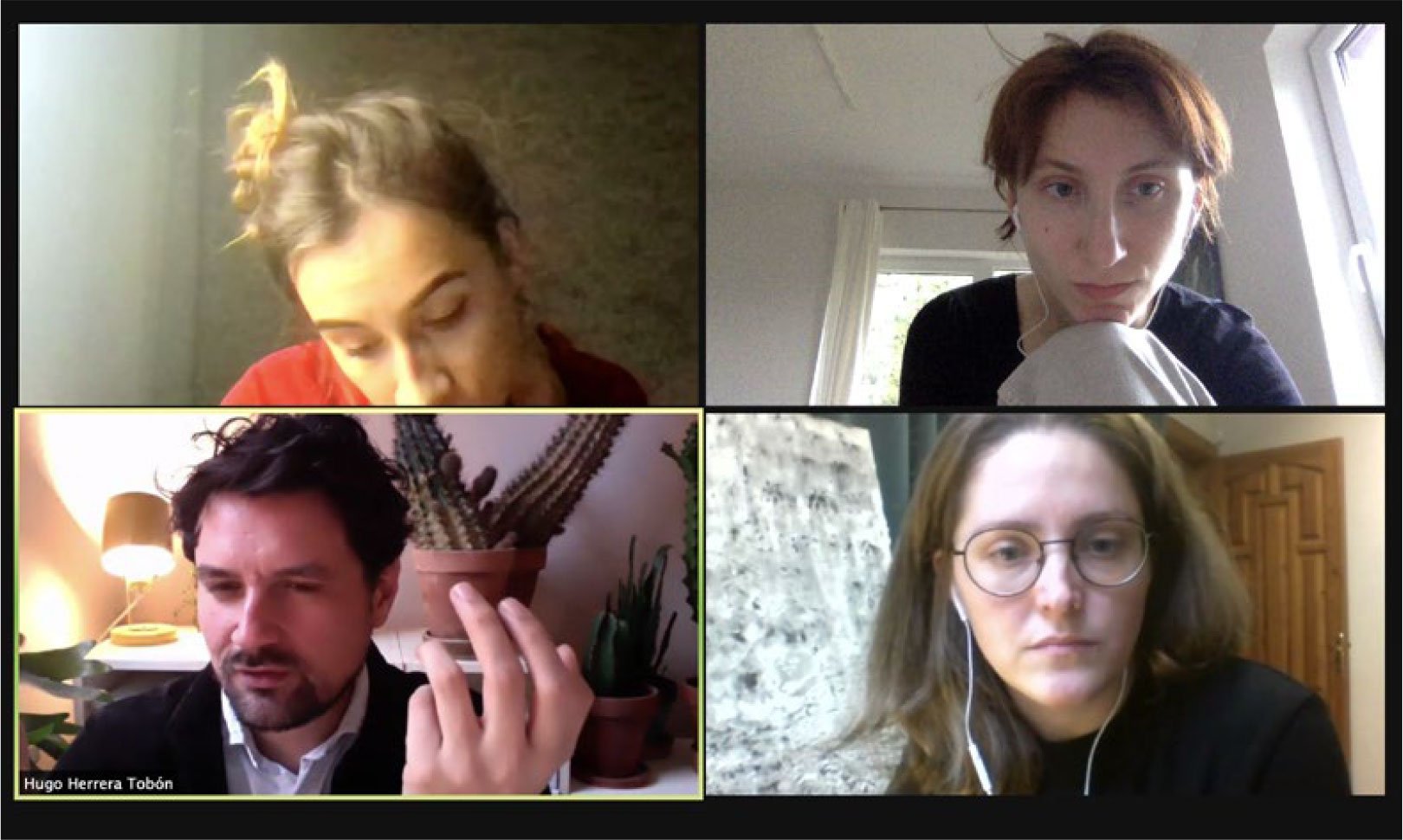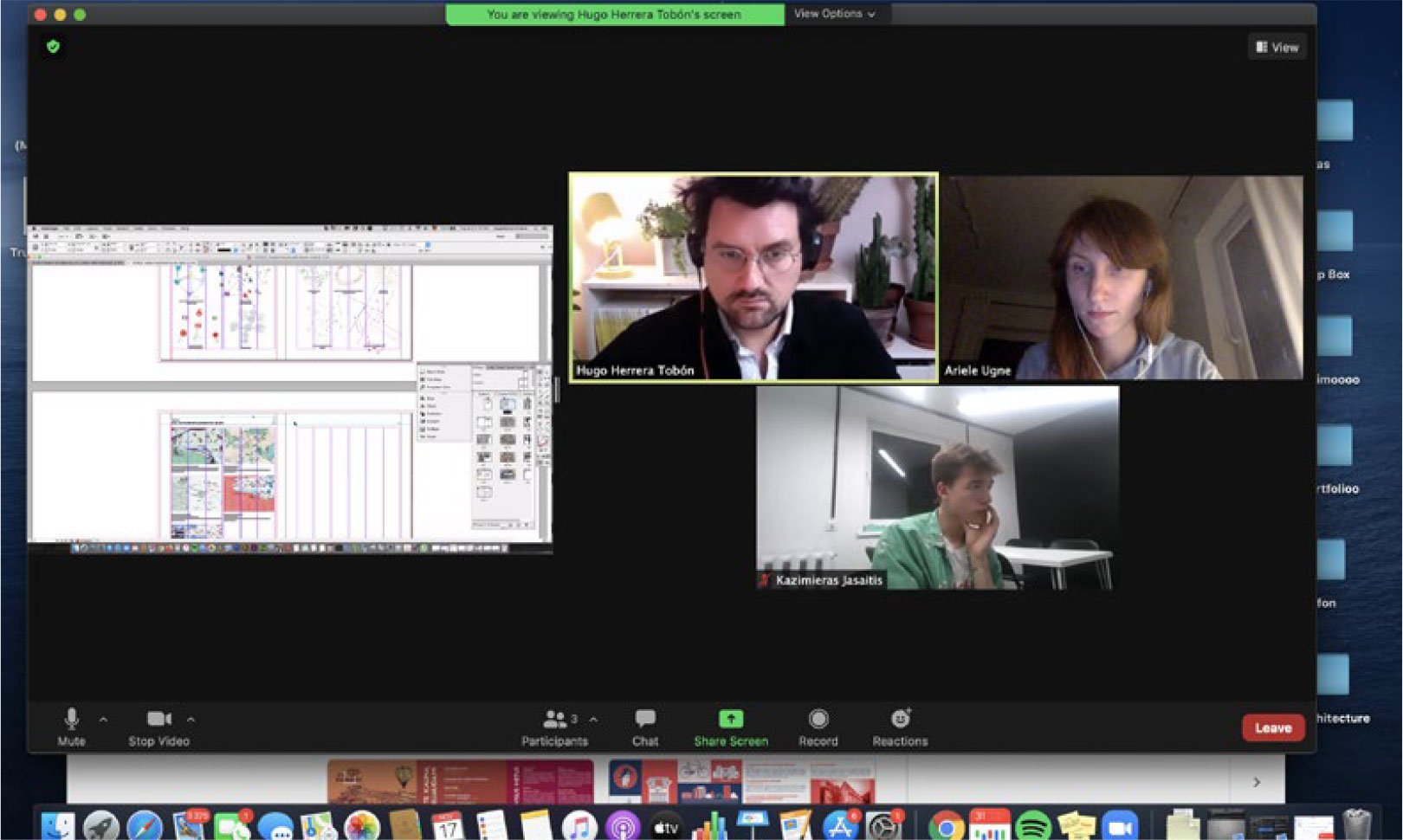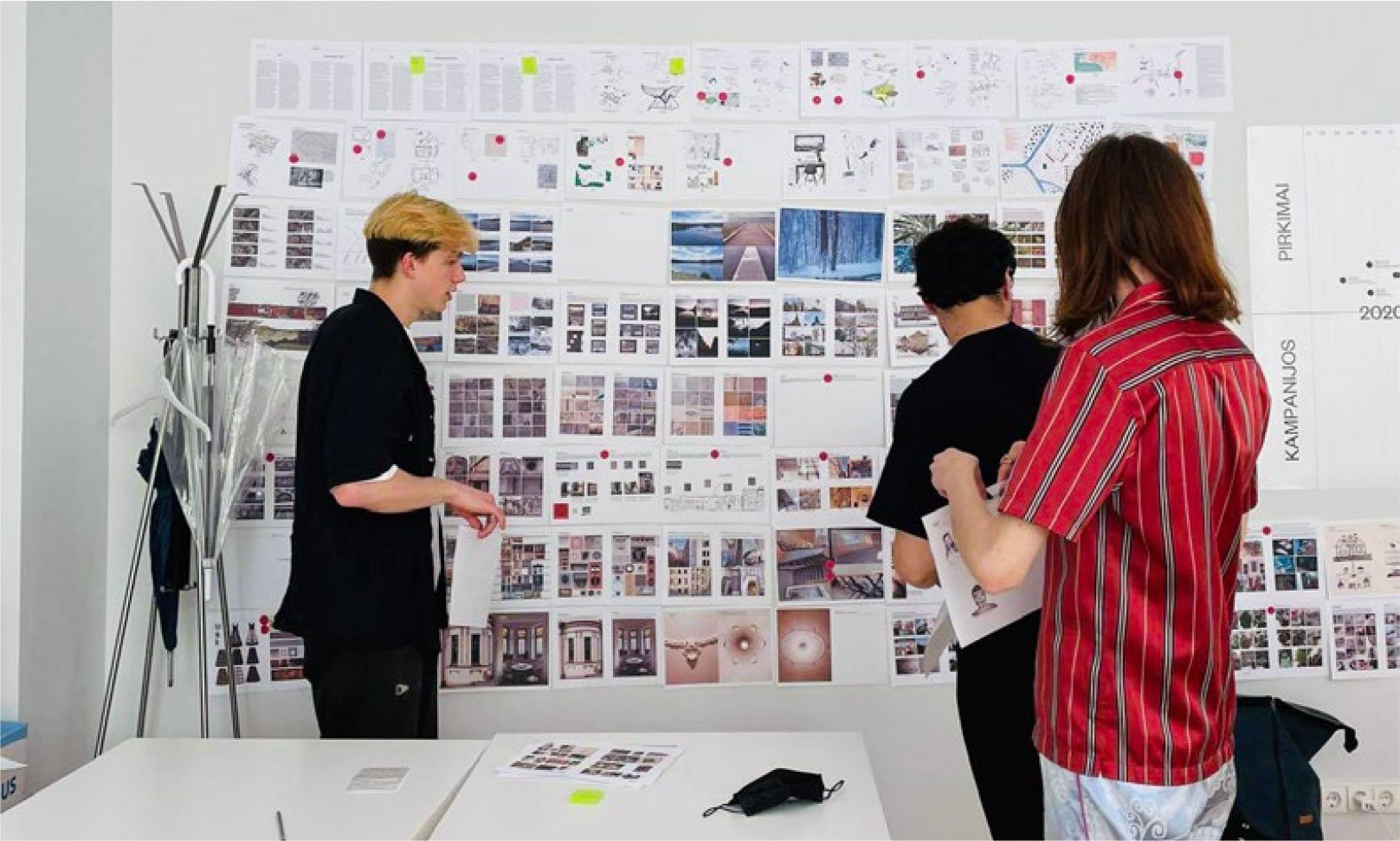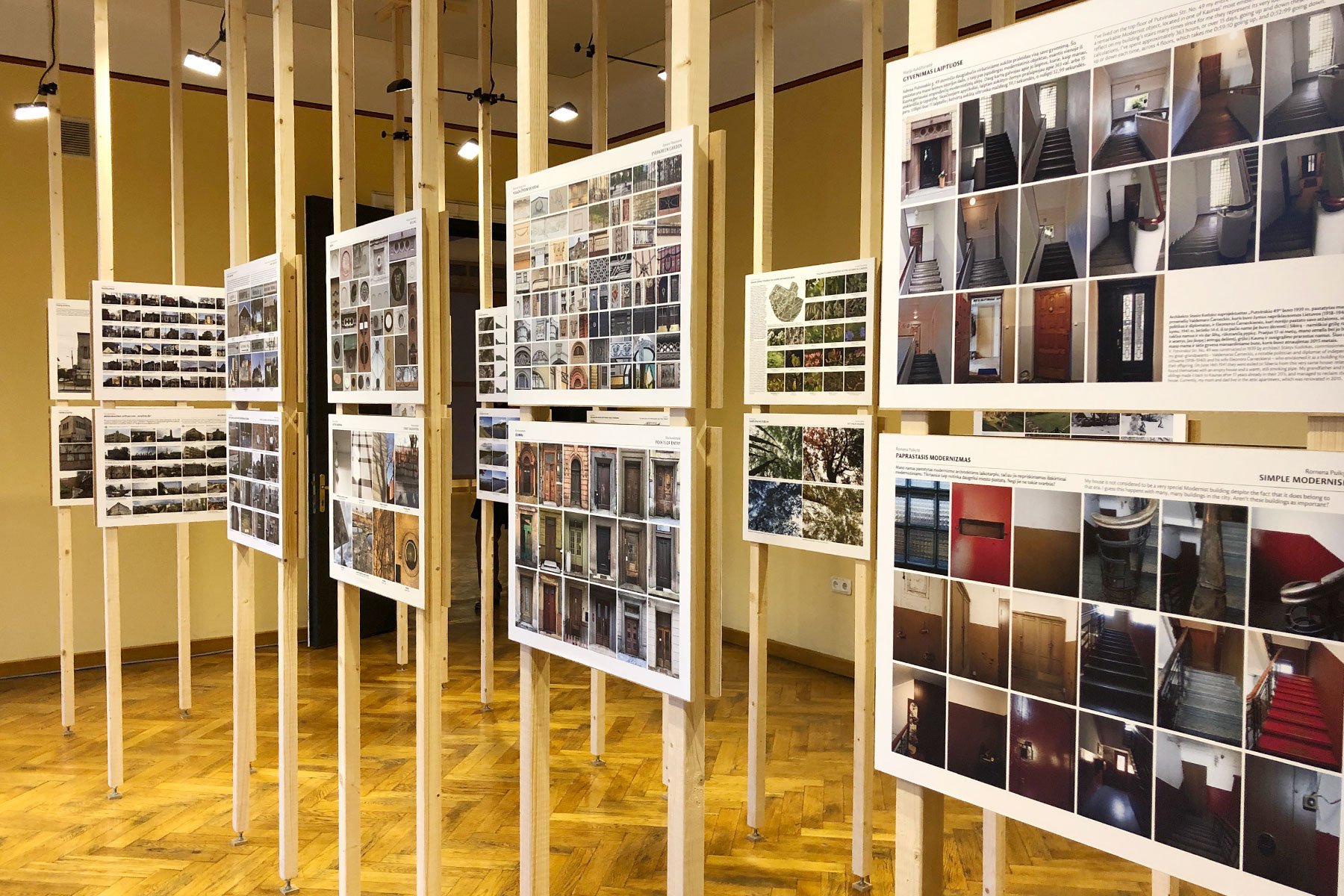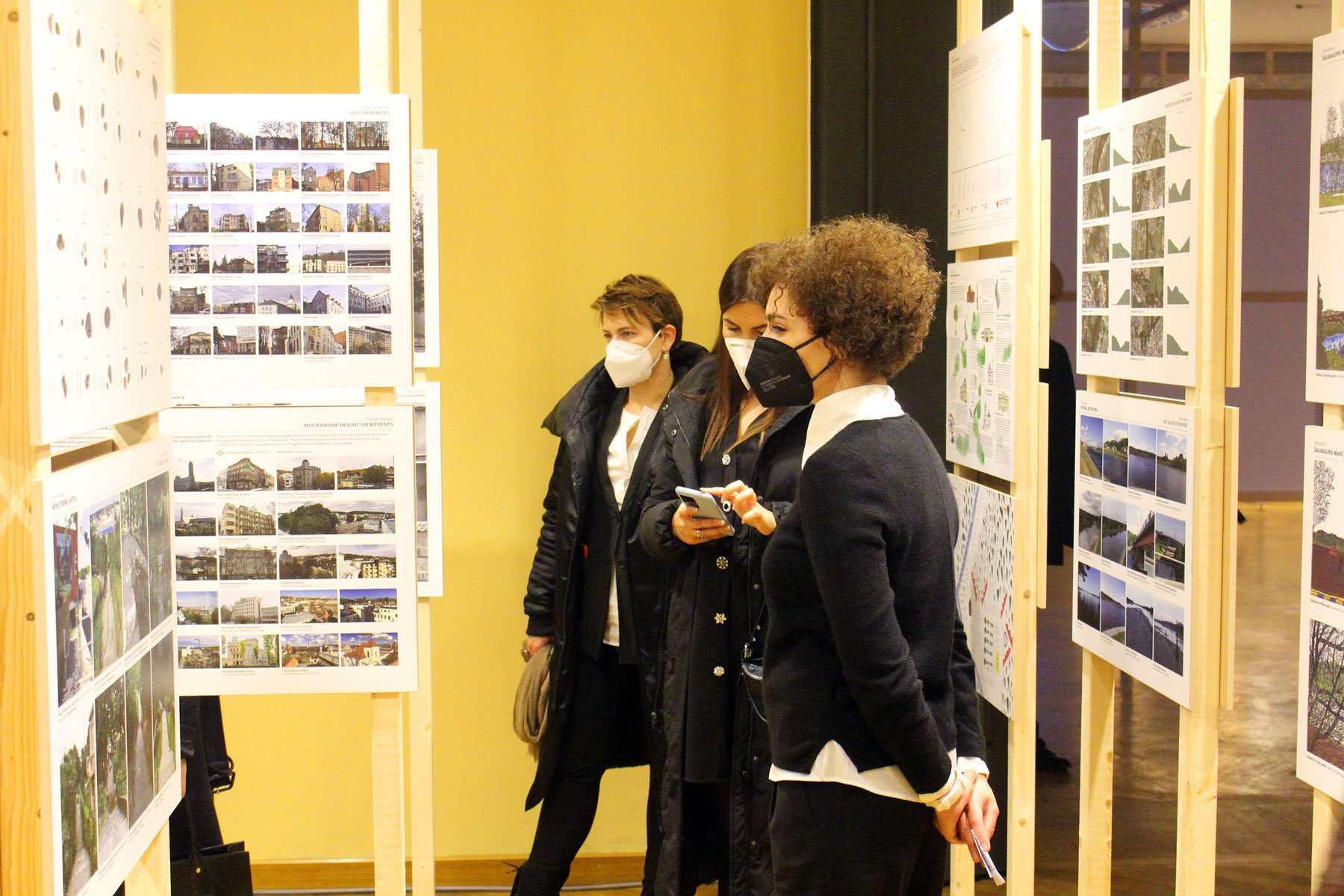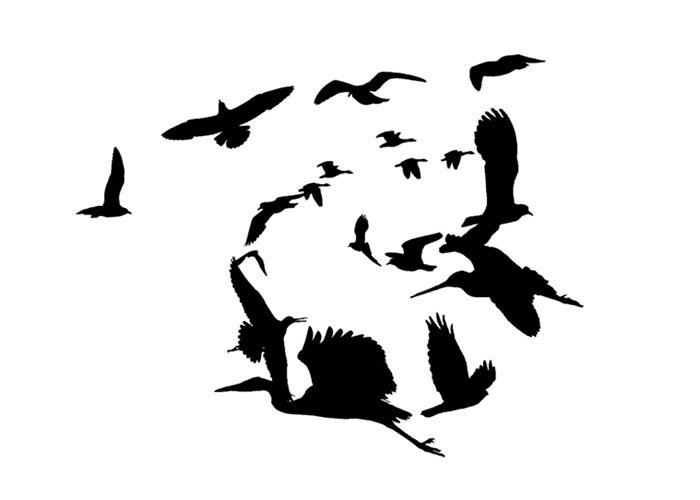Subjective mapping of Kaunas
October 2020 – January 2022
contemporary perspectives on modernism
On the initiative of the Modernism for the Future program (part of Kaunas European – Capital of Culture 2022), we invited a group of almost 40 creative residents to map Kaunas’ contemporary identity through their personal interests, experiences and domesticity. Designer Hugo Herera Tobón guided four workshops in which a myriad of perspectives came together, visualising what it means to have such a vast heritage as Kaunas. The city’s Modernism proved to be more than an architectural style of the past: it is also a way of living, a synonym for cultural production, a feeling of renewed optimism, and a spirit of novelty.
Workshops and site visits for the atlas, led by Hugo Herrara Tobón, winter-spring 2020-2021
The Subjective Atlas of Kaunas came into being during unprecedented circumstances. The 2020-2021 COVID-19 pandemic forced us to create a new methodology. Four workshops followed by personal one-on-one meetings were held online, with a total of more than 30 participants. Submissions by participants were stored and edited in strictly organised folders (in the cloud) with the help of two logistics and two creative assistant teams. Once the strict lockdown measures were lifted, a creative residency followed in Kaunas, where personal editorial meetings were finally made possible during the month of June 2021. Following the publication of this book, the ‘Subjective Atlas of Kaunas – Contemporary Perspectives on Modernism’ is being featured in the ‘Modernism for the Future’ exhibition by Kaunas – European Capital of Culture 2022 between January and May 2022.
Kaunas’ status as a temporary capital of Lithuania (1919-1940) gave rise to a massive boom in construction, leading to its territory increasing sevenfold during the Interwar Period. This Subjective Atlas of Kaunas showcases a surprising collection of urban, natural and everyday spaces and artefacts. Together they invite us to reflect on how this material and immaterial Modernist heritage is perceived, appreciated, disliked, lived with, lived at, observed, ignored and associated with. Could the city’s bright past become an inspiration for a more inclusive future?
Hugo Herrera Tobón is an Amsterdam-based, Designer, Curator, & Communicator. His “nomadic studio” works globally and specializes in cultural and editorial productions that lay at the intersection of design, communication and arts. He is concerned with the role and positioning of the designer: the examination of visual communication in the realm of arts, culture and politics, and the use of speculative design-futures and meta-discourses that pose questions and alternative views on issues like consumerism, environment, intercultural exchange, gender, and social integration. He published the “Subjective Atlas of Colombia” in 2015, and is curator and editor of Subjective Editions.
Exhibition of ‘Subjective atlas of Kaunas’ as part of Modernism for the Future 360/365, an international exhibition at Kauno centrinis paštas, winter-spring 2022
Acknowledgements
The Subjective Atlas of Kaunas is curated and edited by Hugo Herrera Tobón. in collaboration with the team of Kaunas – European Capital of Culture 2022

